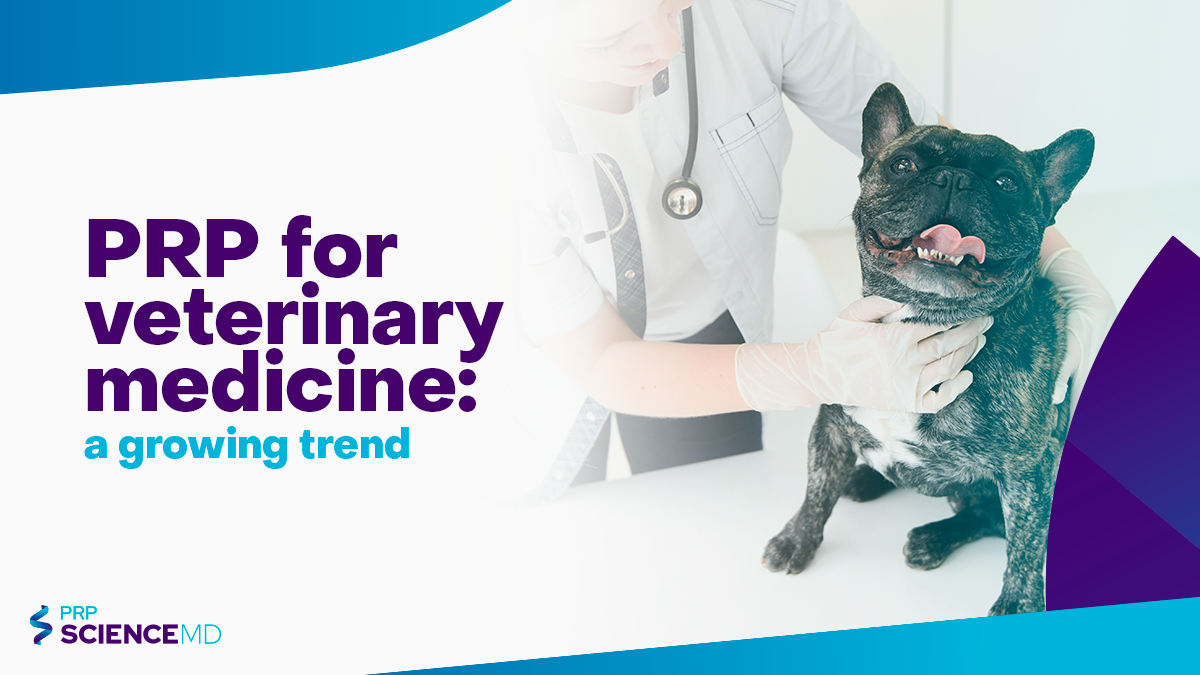No products in the cart.

PRP for Veterinary Medicine: A Growing Trend
Hey there, pet lovers! Have you heard about the latest trend in veterinary medicine? It’s called Platelet-Rich Plasma (PRP) therapy, and it’s taking the animal world by storm. Let’s dive into what PRP is all about and how it’s benefiting our furry friends.
Is PRP Worth It for Dogs?
Alright, let’s address the big question first: Is PRP worth it for dogs? As a veterinarian, I’ve seen firsthand the incredible impact PRP therapy can have on our canine companions. From speeding up healing after surgery to relieving pain from arthritis, PRP has the potential to significantly improve the quality of life for dogs of all ages and breeds.
Personal Anecdote:
I’ll never forget the case of Max, a senior Labrador with severe hip dysplasia. Max’s owners were hesitant to pursue surgery due to his age and the risks involved. Instead, we decided to try PRP therapy to help manage his pain and improve his mobility. After just a few sessions of PRP injections, Max was like a new dog – running, playing, and wagging his tail with joy. It was a heartwarming reminder of the transformative power of PRP therapy.
What is the PRP Protocol for Dogs?
Now, let’s talk about the nitty-gritty details: What exactly is the PRP protocol for dogs? Well, it typically involves collecting a small sample of blood from the dog, then isolating and concentrating the platelets to create PRP. This PRP is then administered to the dog through injections or topical application, depending on the condition being treated.
Personal Experience:
In my practice, I’ve found that PRP therapy works wonders for a variety of issues, from musculoskeletal injuries to chronic skin conditions. One particularly memorable case was Bella, a rescue dog with a stubborn leg wound that just wouldn’t heal. After a few rounds of PRP injections, Bella’s wound finally closed up, and her fur started growing back. It was a testament to the power of PRP to promote tissue repair and regeneration in our furry patients.
Conclusion and Future Directions
In conclusion, PRP therapy is an exciting and effective treatment option for dogs in veterinary medicine. With its ability to accelerate healing, reduce pain, and improve overall well-being, PRP is becoming an invaluable tool in the veterinary toolbox. As research continues to evolve and technology advances, I’m excited to see how PRP therapy will continue to benefit our beloved pets in the years to come.
